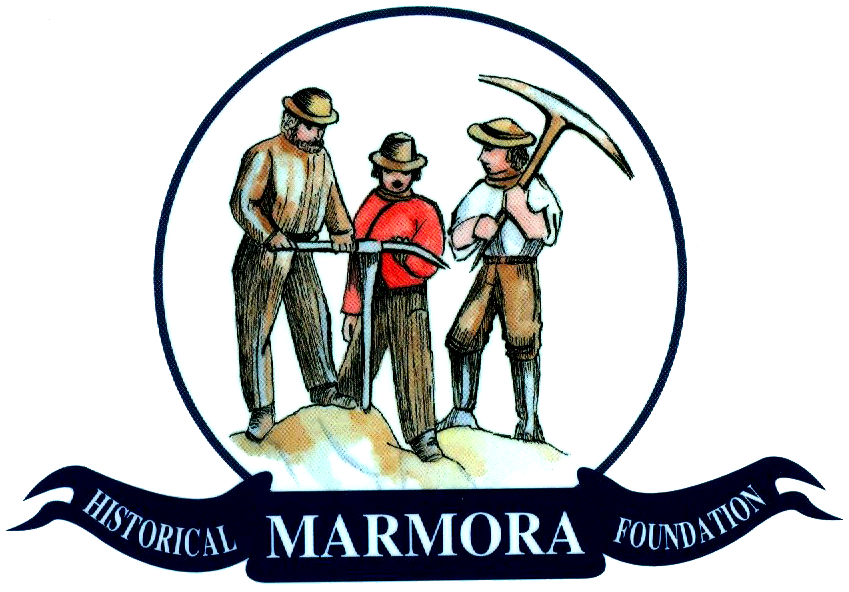FOR THOSE WHO LIKE STATISTICS
/Statistics Canada
Who were the Canadians of 1867?
In 1867, 79% of the people living in Canada were born in Canada. These 2,616,063 people were called “Natives of British America.” As for the rest of the population, nearly 1 million Canadians were of French origin, while the remainder were of English, Welsh, Irish, Scottish and “Foreign” origins.
Most immigrants to Canada settled or passed through the United Province of Canada. Of the 18,958 people that arrived in 1865, “about 16,000 appear to have settled in Upper Canada (Ontario) , and the remainder in Lower Canada(Quebec).”
Out of 837,718 recorded labourers, approximately 41% (342,649) of jobs were on the farm. Almost 90,000 people were involved with the fisheries, two-thirds of whom lived and worked in Newfoundland. The shipbuilding industry was a growing industry in Canada, with Nova Scotia, New Brunswick and Prince Edward Island producing a total of 572 new vessels in 1865, up from 399 new vessels in 1860. In an explanatory note in 1867 says that “Owing principally to the abundance and excellence of timber, but partially to other causes, ships can be built here much more cheaply than in Europe, and 40 per cent cheaper than even in the United States.”
Great Britain and the United States bought the majority of exports from Canada’s mines—mainly copper ore and iron. In the year ending in June 1866, the value of metal exports was almost $350,000. Foodstuffs and other items were exported to many countries. Canada was also investigating trading options with countries in the tropics, including British Guiana, Jamaica, Barbados, Trinidad, Antigua, St. Domingo, Cuba, Puerto Rico and Brazil.
These early years showed promise for Canada’s infrastructure. Electric Telegraph stations were prevalent in every province of British North America, to a total of 471 stations. By 1865, the Grand Trunk Railway, which included the Montréal and Champlain and the Buffalo and Lake Huron railways, was 1,377 miles long and its road and equipment alone had cost $81 million.
How did they pay for goods and services?
Several currencies were considered legal tender, although Canadian dollars were used in public accounts. The pound currency, pound sterling, “gold Eagle of the United States,” and British silver coins were considered legal tender. The Canadian dollar was defined to be “one fourth of a pound.” Paper money of Canada was issued in denominations of $1 and $4, in addition to other denominations still issued today.


